How to Sharpen a Serrated Knife
- February 1, 2024
- 0 comment
Sharp knives are essential in any kitchen, offering precision and efficiency in cutting tasks. Serrated knives, with their unique tooth-like edge, are especially useful for cutting bread, tomatoes, and other soft items. However, their distinct structure requires special attention when it comes to sharpening. This article will guide you through the process of sharpening a serrated knife, ensuring your blade is always in top condition.

Understanding Serrated Knives
Serrated knives feature a jagged edge, ideal for sawing through tough exteriors while preserving the delicate interior of foods. Unlike straight-edge knives, each serration needs individual attention during sharpening, which can seem daunting but is manageable with the right technique and tools.
Tools Needed for Sharpening
Sharpening a serrated knife requires specific tools designed to accommodate the unique shape and edge of these blades. Here are the essential tools you’ll need, along with a brief explanation of their advantages and how to use them effectively:
Serrated Knife Sharpener
Description: This is a specialized sharpener designed specifically for serrated knives. It often features a tapered, rounded edge that fits into the serrations of the knife.
Advantages: A serrated knife sharpener is user-friendly and designed to match the individual serrations on the knife, making it easier to sharpen each tooth accurately.
How to Use: Gently run the sharpener along each serration, using light pressure. Start from the base of each serration and move towards the tip. Repeat this process until you’ve sharpened each serration. The key is to maintain the original angle of the serrations to avoid damaging the knife.
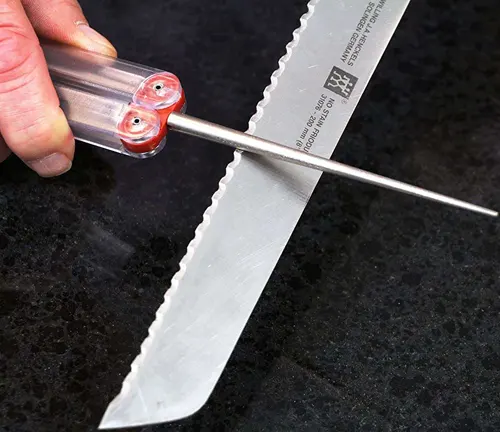
Ceramic Honing Rod
Description: This rod is made of ceramic, a material known for its hardness and abrasiveness. The rod’s slender, rounded shape allows it to fit into the serrations of the knife.
Advantages: Ceramic honing rods are durable and provide a very fine edge. They are excellent for honing serrated knives, which require more delicate handling than straight-edge knives.
How to Use: Hold the rod in one hand and the knife in the other. Place the rod into one of the serrations at the same angle as the bevel. Gently push the rod away from the knife’s edge, moving from the base of the serration to the tip. Repeat this for each serration. The goal is to smooth out any rough spots and refine the edge.
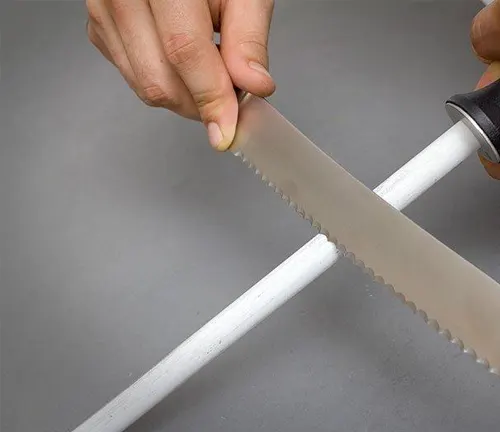
Diamond Sharpening Rod
Description: This is a rod coated with diamond abrasives, making it ideal for sharpening harder steel blades.
Advantages: The diamond abrasives are very effective in sharpening and reshaping the serrations on a knife. This type of rod is particularly useful for knives with very hard steel that doesn’t respond well to less abrasive materials.
How to Use: Similar to the ceramic rod, insert the diamond rod into each serration at the correct angle. Move the rod in a smooth, controlled motion, focusing on each serration individually. This tool removes more material than a ceramic rod, so use it sparingly to avoid excessive wear on the knife.
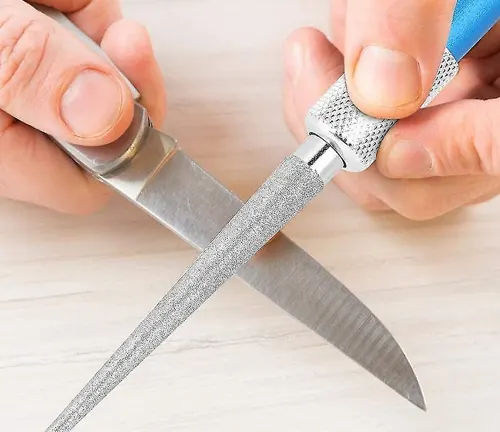
Manual or Electric Serrated Knife Sharpeners
Description: These sharpeners may offer specific slots or guides designed for serrated knives.
Advantages: They are generally easy to use and can be more consistent in maintaining the correct sharpening angle.
How to Use: Follow the manufacturer’s instructions. Typically, you’ll pull the knife through the serrated slot, applying light pressure. Be cautious with electric models as they can remove more material than manual versions.

Additional Tips

- Choose the Right Tool: Not all serrated knives are the same. Consider the size and depth of the serrations when selecting your sharpening tool.
- Regular Maintenance: Even with minimal use, it’s good practice to hone your serrated knife regularly to keep it in optimal condition.
- Professional Sharpening: For high-end knives or if you’re unsure about the sharpening process, consider seeking professional sharpening services.
With these tools and tips, you’ll be well-equipped to maintain the sharpness and effectiveness of your serrated knives, ensuring they perform well for all your cutting needs.
Step-by-Step Sharpening Guide
Sharpening a serrated knife requires a careful and detailed approach. Here’s an expanded step-by-step guide to help you effectively and safely sharpen your serrated knife:
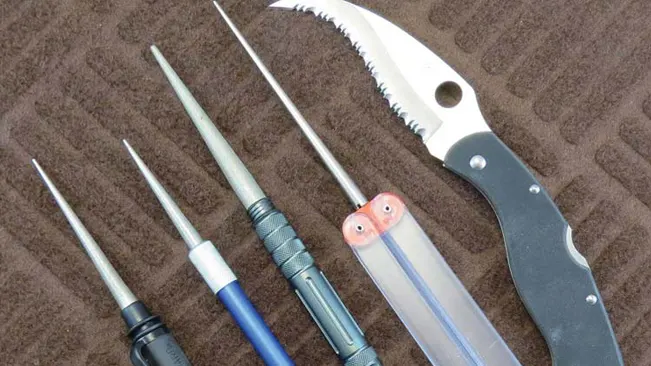
Identify the Beveled Edge
- Understanding the Blade: Serrated knives typically have a beveled edge on one side (where the serrations are more pronounced) and a flat edge on the other.
- How to Identify: Hold the knife in front of you with the blade facing away. The side where the serrations dip downwards is usually the beveled edge. This is the side you will sharpen.
Secure the Knife
- Importance of Stability: A stable knife is crucial for effective and safe sharpening.
- Securing Methods: Use a non-slip mat or towel underneath to prevent the knife from moving. If available, a vise or clamp can be used for even greater stability, but ensure it’s padded to avoid scratching the blade.
Sharpen Each Serration
- Tool Selection: Choose a serrated knife sharpener, ceramic honing rod, or diamond sharpening rod that fits the serrations of your knife.
- Technique: Insert the sharpener into the serration, aligning it with the beveled edge. Gently push and pull the sharpener, following the curve of the serration. Repeat this motion a few times for each serration. Avoid excessive force to prevent damaging the blade.
- Consistency: Ensure that you apply a consistent angle and pressure for each serration to maintain uniform sharpness along the blade.
Test the Sharpness
- Initial Test: After sharpening a few serrations, perform a test cut on a piece of paper or a ripe tomato. The knife should cut smoothly without tearing.
- Continued Testing: As you progress, periodically test the sharpness. This helps ensure even sharpening across all serrations.
Safety First
- Personal Safety Gear: Consider wearing cut-resistant gloves, especially if you’re new to sharpening knives.
- Handling the Knife: Always handle the knife by its handle and keep your fingers away from the blade. When sharpening each serration, be mindful of where your other hand is placed.
- Focused Attention: Sharpening requires your full attention. Avoid distractions to minimize the risk of accidents.
Finishing Touches
- Clean the Blade: Once all serrations are sharpened, clean the knife to remove any metal filings or residue.
- Final Inspection: Inspect the blade for uniformity and any missed spots. If necessary, go over any serrations that need extra attention.
Storage and Maintenance
- Proper Storage: Store the knife in a knife block, sheath, or a designated area away from other utensils to preserve its edge.
- Regular Maintenance: Regular honing and cleaning will keep your serrated knife in good condition, extending the time between sharpening.
Common Mistakes to Avoid
To effectively sharpen serrated knives and avoid damaging them, remember these key points:
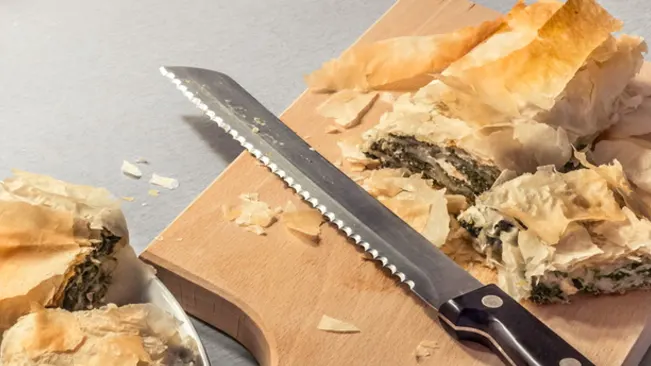
- Treat Serrated and Straight-Edge Knives Differently: Unlike straight-edge knives, serrated knives require sharpening each serration individually using specific tools.
- Apply Gentle Pressure: Use controlled, gentle motions while sharpening each serration to prevent damage and maintain the knife’s cutting ability.
- Sharpen Only the Beveled Side: Most serrated knives have a beveled edge on one side. Sharpen only this side to preserve the blade’s edge.
- Sharpen Each Serration: Don’t skip any serrations. Each one needs individual attention for even sharpness and efficiency.
- Use Appropriate Tools: Employ tools specifically designed for serrated knives, like serrated knife sharpeners, ceramic honing rods, or diamond sharpening rods.
- Clean the Knife Before Sharpening: Remove any dirt or food residues to ensure a smooth sharpening process and to protect the sharpener.
- Don’t Rush the Process: Take your time to focus on each serration for even sharpening and avoid missed spots.
- Maintain Regularly: Keep your serrated knife in top condition with regular honing and inspection, and sharpen as necessary.
By adhering to these guidelines and avoiding common mistakes, you’ll maintain your serrated knife’s sharpness and effectiveness with a patient, precise, and appropriate approach.
Maintaining Your Serrated Knife
Proper maintenance of your serrated knife is crucial for preserving its functionality and longevity. Here are detailed tips on how to care for your serrated knife:
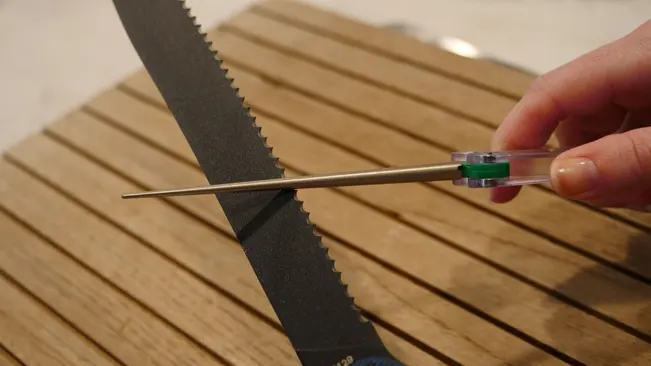
Proper Cleaning
- After Use: Always clean your serrated knife immediately after use. This prevents food particles from sticking to the blade and potentially causing corrosion or dullness.
- Hand Washing: It’s recommended to wash serrated knives by hand with mild dish soap and warm water. Dishwashers can be harsh on the blades, leading to dulling and damage over time.
- Cleaning the Serrations: Use a dish brush or a sponge to gently clean between the serrations. Be careful not to apply too much pressure, which can damage the blade’s edge.
- Drying: Thoroughly dry the knife with a soft towel immediately after washing. Leaving the knife wet can lead to rusting, especially if the knife is made of carbon steel.
Safe Storage
- Knife Block or Sheath: Store your serrated knife in a knife block or a protective sheath. This protects the blade from damage and prevents accidental cuts.
- Avoid Loose Storage: Never store your serrated knife loosely in a drawer with other utensils, as this can cause the blade to become dull or chipped.
Regular Honing
- Honing vs. Sharpening: Honing realigns the blade’s edge, while sharpening removes material to create a new edge. Regular honing can extend the time between sharpening.
- Using a Honing Rod: Gently run a honing rod through each serration. This maintains the edge and ensures optimal performance.
- Frequency: The frequency of honing depends on usage, but a general rule is to hone your serrated knife every few uses.
Periodic Sharpening
- Professional Sharpening: Consider having your serrated knife professionally sharpened once a year, depending on usage. Professionals can accurately sharpen each serration without removing excess material.
- DIY Sharpening: If you prefer to sharpen the knife yourself, use the appropriate tools and follow proper techniques to avoid damaging the blade.
Handling and Usage
- Proper Use: Use your serrated knife for its intended purposes, such as cutting bread or soft fruits. Avoid using it on hard surfaces or for inappropriate tasks, which can dull or damage the blade.
- Cutting Surface: Always use a cutting board. Hard surfaces like glass or metal can quickly dull the knife.
Inspecting the Blade
- Regularly inspect the blade for signs of wear or damage. Look for bent serrations, chips, or rust spots. Early detection of these issues can prevent further damage and maintain the knife’s effectiveness.
By following these maintenance tips, you can ensure that your serrated knife remains sharp, safe, and effective for years to come. Proper care not only extends the life of your knife but also enhances your cooking experience.
Conclusion
Sharpening a serrated knife may seem challenging, but with the right tools and techniques, it’s a skill that can greatly enhance your culinary experiences. Remember, a sharp knife is a safe knife. Keep practicing, and you’ll master the art of keeping your serrated knives in perfect condition.
10 FAQs about Sharpening Serrated Knives
- What makes sharpening serrated knives different from sharpening straight-edge knives?
Sharpening serrated knives involves individually sharpening each serration and requires specific tools like a serrated knife sharpener or a ceramic honing rod, unlike straight-edge knives which can be sharpened along the entire length of the blade. - Can I sharpen a serrated knife at home, or should I take it to a professional?
You can sharpen a serrated knife at home using the right tools and techniques. However, for high-end knives or if you’re unsure, professional sharpening is recommended. - How often should I sharpen my serrated knife?
The frequency depends on usage, but generally, a serrated knife needs sharpening once or twice a year. Regular honing can help maintain the edge and extend the time between sharpening. - What is the best tool to use for sharpening a serrated knife?
A serrated knife sharpener or a ceramic or diamond honing rod are the best tools. The choice depends on the knife’s serration size and the level of sharpness desired. - Do I need to sharpen both sides of a serrated knife?
No, serrated knives are typically sharpened on one side only, the side with the serrations. The other side is usually flat and does not require sharpening. - How do I know if I’m sharpening my serrated knife correctly?
You’re sharpening correctly if you’re gently working on each serration individually without applying excessive pressure, and if the knife starts to regain its cutting efficiency. - Can sharpening a serrated knife damage it?
Improper sharpening techniques or excessive pressure can damage the knife. It’s important to follow the correct method and use the appropriate tools. - What are the common mistakes to avoid while sharpening a serrated knife?
Common mistakes include applying too much pressure, sharpening the flat side of the knife, or using the wrong sharpening tool. - How can I maintain the sharpness of my serrated knife after sharpening it?
Regular honing, proper cleaning and drying, safe storage, and using the knife for appropriate tasks can help maintain its sharpness. - Is it possible to sharpen very small or very large serrations?
Yes, but it requires specific tools. For very small serrations, a tapered diamond sharpening rod is ideal, while larger serrations can be sharpened with a regular ceramic honing rod or a serrated knife sharpener that fits the serration size.
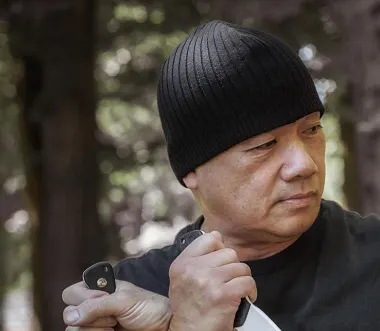
Kerith Simon
As an expert with over ten years of dedicated experience in knife defense, my professional journey is anchored in a profound commitment to the safety and empowerment of individuals through specialized education. My expertise is not only grounded in practical self-defense techniques but also extends to a scholarly understanding of knife functionality, which I have meticulously documented in my authoritative series, This work stands as a testament to my deep engagement with the subject, offering readers critical insights into the nuances of knife selection and usage across various contexts. My approach to teaching and content creation is informed by a rigorous methodology and a continuous pursuit of knowledge, ensuring that the strategies and insights I provide are both effective and scientifically sound. Through a combination of hands-on workshops, comprehensive seminars, and well-researched publications, I strive to elevate the standard of knife defense education, making it accessible and reliable for those seeking to enhance their security and proficiency in this essential skill.

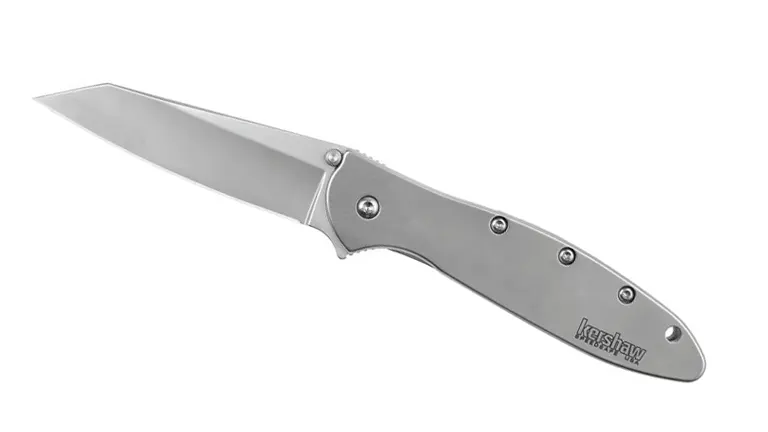
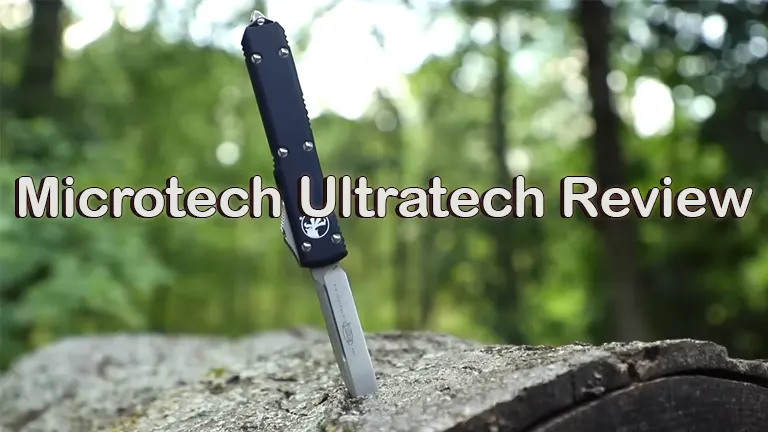
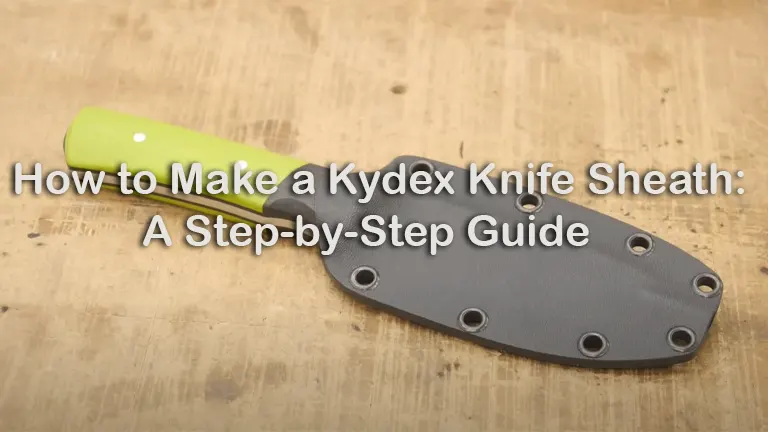
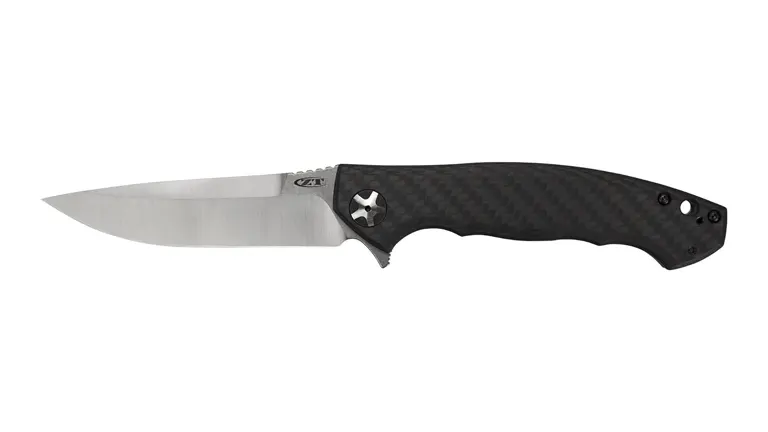



Leave your comment